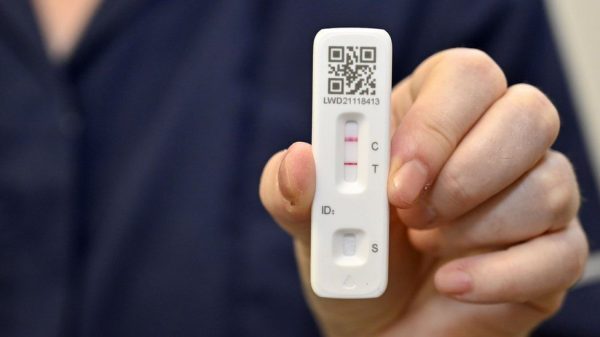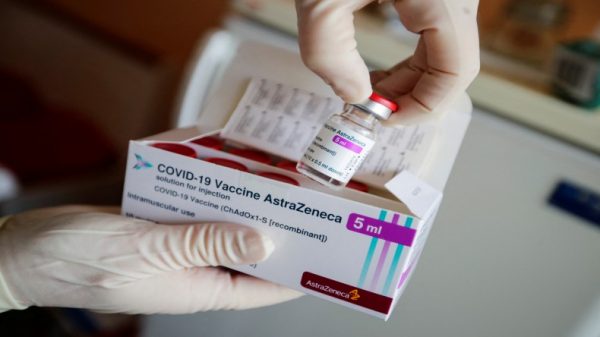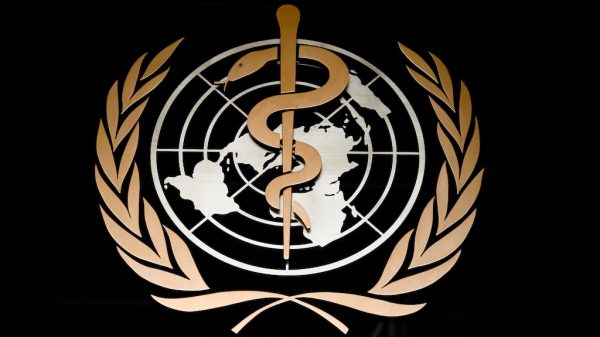How rapid tests changed the pandemic

Shawdesh DesK:
Lateral flow tests are now part of life for much of the the UK. Billions of pounds of public money have been spent on test kits. Has it all been worth it?
Earlier this week, 38-year-old Hailing Hackney unwrapped the last lateral flow test in her kitchen cupboard. “I was feeling tired, but then I’m always feeling tired,” she says. “I saw my best friend over Christmas and her son had tested positive, so I thought I should just check.”
Like so many others across the UK, she was surprised when a faint line started to appear on the white testing strip. Later that evening her symptoms began – a mild headache and a runny nose.
Hailing runs Sparkle Nails & Beauty in Newton Aycliffe, County Durham. She had a full list of customers coming in for treatments after New Year and had to quickly rebook all of them.
“I take two tests a week because I see so many people as part of my job,” she says. “It was just lucky I found out so quickly.”
The whole point of mass testing like this is to break chains of transmission – to keep Hailing away from her customers at a time when she might be infectious but have no obvious symptoms.
“I’m serious when I say they have been the single most powerful tool in reducing transmission of the virus,” says Irene Petersen, professor of epidemiology at University College London.
Lateral flow tests rising as Omicron surges
The idea of population-wide Covid testing on this scale was first revealed in leaked documents in the autumn of 2020. The plan was to use millions of cheap, throwaway lateral flow tests that could give a result in 15 minutes, rather than the more sensitive PCR tests which had to be sent off and processed in a laboratory.
But Operation Moonshot – as it was called by the government – got off to a bumpy start. There was alarm about the rumoured £100bn price tag, while some of the early results of a large pilot in Liverpool raised questions about the accuracy of the tests themselves.
When twice-weekly rapid testing was rolled out in secondary schools in the spring of 2021, there were worries that large numbers of pupils would be incorrectly told they had the virus – a so-called “false positive” – and sent home. Some scientists said the school programme could do “more harm than good” and leaked emails claimed it could all be scaled back.
But data now suggests much of that concern was misplaced. Since March, 183,939 pupils in England have tested positive on a lateral flow test at home and then had a sample sent off to a laboratory for a follow-up PCR test. In total 89% of those swabs returned the same positive result.
The proportion of false positives does increase when the prevalence of the disease falls in society. But the weekly rate of those positive lateral flow tests later confirmed by PCR has never fallen below 50% and has been above 84% since the start of the school year in September.
No medical test – not even one conducted in a laboratory – can ever be 100% accurate. Some schooling was disrupted unnecessarily but – overall – those real-world results were better than some had first feared.
Alexander Edwards, associate professor in biomedical technology at the University of Reading, says it “quickly became clear” that if the tests were used as instructed, “you don’t tend to get large numbers of false positives”.





























Leave a Reply